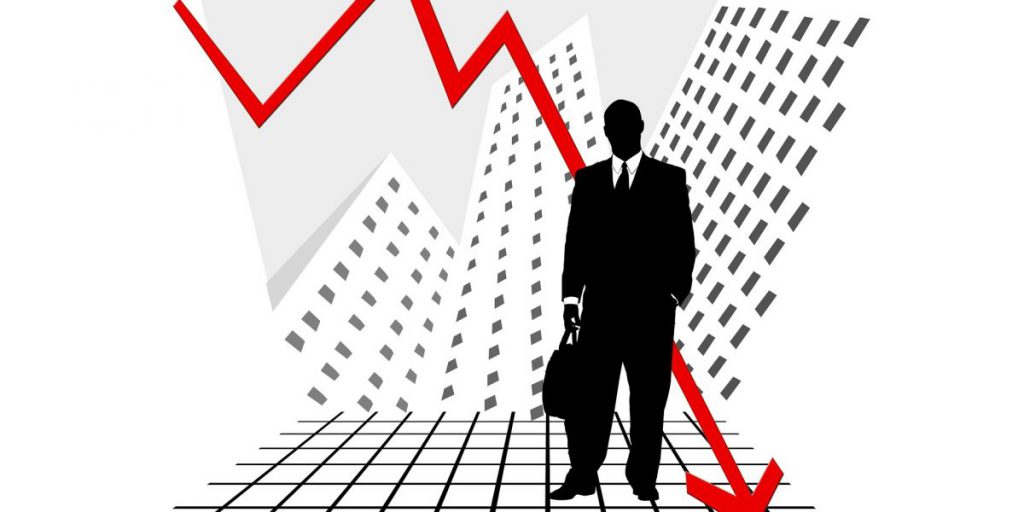The stock market is cyclical — a period of growth is always followed by a fall, and vice versa. So, it’s always necessary to figure out what to do when the market falls, and how not to go into the red during a panic on the stock exchanges.
The most recent market crash leaders were technology, construction, cryptocurrency (as Changpeng Zhao partly predicted it), and consumer companies. As for the reasons, experts tend to denote the growth of geopolitical tensions.
Top 5 Steps To Implement in Case of Market Crash
Create an ‘Airbag’
An ‘airbag’ means forming a special fund, investing some of the funds conservatively. For example, in deposits or bonds. It will be less prone to changes in the market. And if you urgently need funds, you can easily get them out of such a pillow.
In addition to a bank deposit or liquid bonds, you can also use ETF units or money market mutual funds. Additionally, the fund can be diversified by currencies.
Determine the Goals
It would help if you determined for yourself what your primary strategy in the market is. If you are a long-term investor, then market volatility should not worry you. After any downturns, the market recovers, it only takes time. If you have clearly defined long-term goals, then during a period of a sharp decline in the market, you should not panic to revise your portfolio—you just need to wait it out.
If your goal is investments for less than three years, it is better to get out of risky assets in unstable times. Instead, buy bonds maturing exactly to the financial target. And with new free money, you can buy the same bonds.
Diversify Your Portfolio
A balanced investment portfolio should consist of assets of a different nature:
● Stocks
● Bonds
● Real estate
● Gold
● Instruments belonging to the class of ‘alternative investments’
Prices for such assets in the same period of time move in different directions—something may rise and something may fall. By diversifying properly, your portfolio becomes less sensitive to downturns and your investment performance increases.
Analyze the Assets in Your Portfolio
In a situation where all analysts are foreshadowing the onset of a bear market, you need to revise the stocks in your portfolio: reduce the share of risky companies and increase the securities of stable companies.
In situations of uncertainty, you need to focus exclusively on high-quality issuers—these should be the largest companies in their industries that will definitely survive the crisis.
Take a Closer Look at Dividend Stocks
The fundamental tool that can offset the decline in the portfolio’s value when the market falls is dividend stocks that you can have access to after you have MT4 download for PC.
Successful investors are not buying growth stocks but “dividend aristocrats” (that is, the companies that have been increasing their dividend payments year after year for more than 25 years). In the event of a decrease or even crash in the market, dividends allow the investor’s portfolio not to fall following the indices, the expert notes.
By completing all these listed steps in advance, you can protect your assets from a possible fall and minimize losses due to market volatility.
Strategy To Stick To When Markets Crashing
What if the market fell and you didn’t have time to prepare for it? What kind of strategy would be the most helpful and risk diminishing? In this case, the main thing is to adhere to two main principles.
Do NOT Sell Stock
Seeing your portfolio in the red zone, you want to sell falling assets under the influence of emotions to save at least some of the money. But you don’t need to do this because the market will recover after any correction.
The correct thing at the time of a market fall is to meditate on the chart of the S&P 500 index over the past 50 years. All this time it has been growing, growing now, and will continue to grow further.
And corrections are a temporary but necessary ‘evil’ you need to experience like a tornado and continue to rejoice at your investments.
Buy Additional Shares
In case of a drawdown, you can buy more profitable stocks that were previously expensive. By investing during a downturn at lower prices, you can average out the entry price and offset the decline in the long run.
This means that you will not feel the whole fall, but only a part of it. And after some time, the portfolio’s profitability will grow.
Whichever strategy you’d stick to, you should keep in mind the primary axiom of investment: that you need to buy assets cheaply and sell them at a higher price. Unfortunately, the human brain is designed in such a way as to prevent as much as possible from following reasonable logic in real investment situations.
Excessive optimism and pessimism are the main enemies of good financial results. Imagine an investor in the Russian market who sells shares after each quarter that saw a fall of more than 10% and buys after a quarter of growth of 10%.
In 15 years, such a strategy would cost almost half of the positive return on the stock market, excluding commissions.
Conclusion
What to do if the market undergoes crashing? It is impossible to exclude emotions from the investment process entirely, but there are a number of techniques that can help improve financial discipline.
Firstly, every investor must have a well-defined investment plan that includes
● The amounts of current and future investments
● Expected returns
● Goals
● Asset allocation, and
● Clear strategies used
Secondly, we recommend rebalancing the portfolio, which you can easily do using the Exness managers’ pieces of advice – the regular sale of assets having increased in price and the purchase of those having fallen, bringing their shares to target levels.


